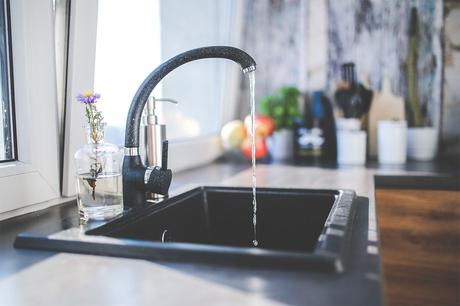
Water. It's so vital to our everyday life, it's almost impossible to think it could also be dangerous to our health, isn't it? Well, sadly that's actually very truthful - although most people may not believe it - and this is why water chlorination is so important.
Why is water chlorination a thing?
Although we rarely hear of these incidents, water contamination is very dangerous - even deadly - to public health. Legionnaire's Disease is perhaps the most (in)famous manifestation of water contamination, and is occasionally in the news due to illness and even death caused to outbreaks of it.
Legionella bacteria has been found in many properties in recent years - including a Health Centre! and council-owned buildings - which has lead to a greater need for water treatment services.
Water chlorination is one way to prevent outbreaks of contamination such as Legionella, but before one can put in place preventative processes a Risk Assessment is needed.
A Legionella Risk Assessment could save your life, before even water chlorination
The sad reality is most cases of Legionella are not only preventable, but those premises and people had little to no awareness of the risk posed.
Legionella Risk Assessments, such as those undertaken by Pureflow Solutions Lt d, are a legal responsibility under the Health And Safety Work Act 1974 and include :-
- a fully documented Risk Assessment
- detailed reports on cold water storage tanks and hot water vessels
- a detailed schematic of pipework and photographs
- stagnation and flow reports
- temperature reports throughout the system
- monitoring for aerosol forming high pressure outlets
So by undertaking a Risk Assessment, any potential risks of Legionella are identified, which will allow a management plan and remedial action to be taken.
Water chlorination is only one step in preventing water hygiene problems
Water hygiene problems such as Legionella can be controlled, or even eliminated, by disinfection services and water chlorination to provide a safe, clean water supply.
For example, water tanks and water storage systems are particularly prone to outbreaks of Legionella. Sometimes it's down to poor maintenance, poor design or even a lack of monitoring.
Pureflow Solutions reference on their web site a Case Study of a local primary school, who needed water treatment and storage tank cleaning/disinfection.
After cleaning, water chlorination was applied to domestic water tank, break tank, internal main and all associated outlets. Legionella water sampling and monitoring, in addition to temperature checks, thus implemented a complete preventative water treatment package that not only met the school's needs but ensured they were fully compliant with the HSE's approved code of practice on Legionella prevention.
Above all, this was all undertaken with minimal disruption to the school's daily routine, thus creating a safe environment without any major inconvenience.
Conclusion: You may not know if you need a Legionella Risk Assessment, which is why you probably do.
Hopefully, by showing the potential risks of Legionella, but more so how it's preventable with water chlorination, this article may help reduce the chances of any future outbreaks.
After reading this, can you afford not to commission a Legionella Risk Assessment?
